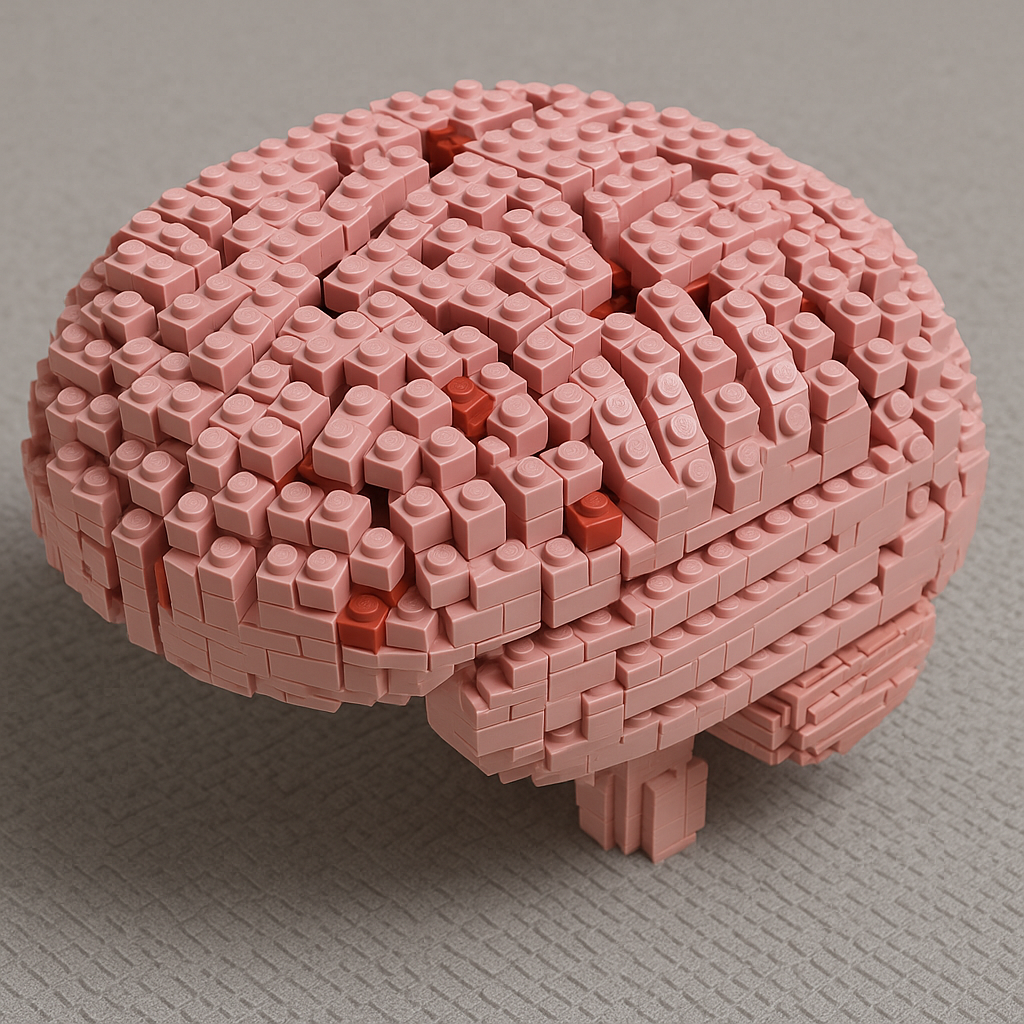Spicy foods help people eat less, study finds
New research from Penn State shows that adding chili pepper to meals slows eating and helps reduce calorie intake—without changing taste.

A team of researchers at Penn State found that increasing spiciness slightly using dried chili pepper slowed down eating and reduced the amount of food and energy consumed at a meal, all without negatively affecting the palatability of the dish. The study was led by Paige Cunningham, pictured, a postdoctoral researcher who earned her doctorate in nutritional sciences from Penn State in 2023. (CREDIT: Patrick Mansell / Penn State)
Meals that bring the heat might just help you eat less. That’s the takeaway from a recent study led by researchers at The Pennsylvania State University. Their findings suggest that adding chili pepper to your lunch can change how fast you eat—and how much you consume.
The research, led by Paige Cunningham and Professor John Hayes at Penn State’s Sensory Evaluation Center and published in the journal, Science Direct, found that making meals a bit spicier led people to slow down and take smaller bites. This slower pace caused them to eat less overall, without reducing how much they liked the food.
“We know from past research that eating slower helps reduce how much people eat,” said Cunningham, a postdoctoral researcher who earned her Ph.D. in nutritional sciences from Penn State in 2023. “We wanted to know if spiciness could do the same thing.”
And it turns out, it can.
How the Study Worked
To test the idea, the researchers ran three controlled experiments involving 130 adults. Participants visited the lab twice to eat lunch. Depending on the session, they were served either beef chili or chicken tikka masala. Each meal came in two versions: a mild one and a spicy one.
The spicy meals weren’t mouth-burning or overwhelming. Instead, the spice level was increased by carefully adjusting the mix of sweet and hot paprika. This allowed the team to keep the flavor the same while changing only the intensity of the burn.
Each meal was recorded on high-definition video. This let the researchers track how long it took participants to eat, how many bites they took, how big those bites were, and how fast they ate (in grams per minute). They also weighed the food before and after, measured how much water people drank, and asked participants how hungry or full they felt before and after eating.
Related Stories
In Experiment 1, people who ate the spicy beef chili ate 11% less food—about 46 grams—compared to those who ate the mild version. That’s roughly equal to 50 fewer calories, just from adding heat. The participants also ate more slowly and took smaller bites. But their enjoyment of the food didn’t change.
Similar patterns appeared in Experiment 2b, where participants ate chicken tikka masala. When more paprika was added to increase spiciness, people ate 18% less and slowed their eating rate by 17%. Again, they liked the food just as much.
These effects were not seen in Experiment 2a, where the spice level didn’t change enough to make a noticeable difference in taste. This shows that the amount of spice matters. A light burn may not be enough, but a little extra kick can help curb how much you eat.
Why Spiciness Affects Eating
So why does heat change how much we eat?
According to Cunningham, the answer lies in how our mouths and brains process food. When a meal is spicier, you tend to eat more slowly. The food stays in your mouth longer, giving your body more time to send fullness signals. As a result, you may stop eating sooner.
“It’s not just about flavor or burn,” she explained. “It’s about how spice changes the way we eat. That’s the interesting part.”
The study’s results support this idea. Even though spicy meals took longer to eat, participants didn’t drink significantly more water. That means water wasn’t the reason they stopped eating sooner. It also wasn’t about getting full faster—hunger ratings before and after the meal stayed about the same.
Hayes said the key takeaway is that “adding chilies could be a simple way to help manage how much we eat.” The findings offer a fresh angle on how to prevent overeating without feeling deprived.
“This is why we test these things in the lab,” Hayes said. “It’s easy to make guesses, but until you measure behavior, you don’t really know what works.”
The Science Behind the Burn
The burning feeling from chili peppers comes from natural compounds called capsaicinoids, found in ingredients like cayenne, jalapeño, and paprika. These compounds have long been studied for their potential health benefits, including weight control and heart health.
Earlier research has shown that spicy foods can increase satiety, which is the feeling of being full after eating. But this study focused on satiation—the point during a meal when you decide to stop eating. That’s where the Penn State team broke new ground.
Capsaicinoids don’t just heat up your mouth; they may also affect how much energy you take in. Past studies have suggested that adding chili pepper can reduce daily calorie intake, especially when eaten before meals. This new research takes it a step further by showing that spice added during a meal can slow eating and cut intake—all without reducing pleasure.
Interestingly, texture and food shape have also been shown to affect how we eat. Foods that are harder or chunkier tend to make people chew more and eat more slowly. The new study suggests spice might offer a similar benefit, without needing to change the food’s texture.
“Many people already use chili in cooking,” said Hayes. “It’s a common ingredient that could have real effects on eating behavior.”
What It Means for Everyday Eating
This research may offer a practical way to manage portions. Eating slower gives your body time to register fullness. And a little heat can help slow you down, even if you’re really hungry.
Of course, not everyone loves spicy food. The Penn State team kept that in mind during their experiments. Participants had to enjoy at least moderate levels of spice to take part. People who rarely or constantly ate spicy food were excluded. This helped avoid issues with spice tolerance or sensitivity.
The goal was to see what happens in average spice eaters. And the results were clear: a bit more heat can lead to eating less.
Importantly, this doesn’t mean spicy foods are a magic solution for weight loss. But they might be one more tool you can use to eat more mindfully. If you’re trying to cut back without counting calories or changing your meal entirely, spice could be a smart choice.
And if you’re a fan of bold flavors, it might be as simple as reaching for the hot sauce next time you make lunch.
Note: The article above provided above by The Brighter Side of News.
Like these kind of feel good stories? Get The Brighter Side of News' newsletter.



